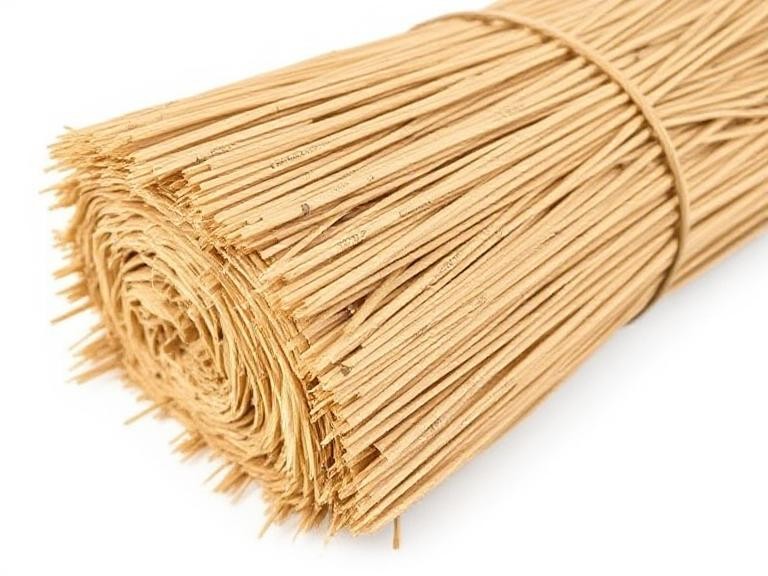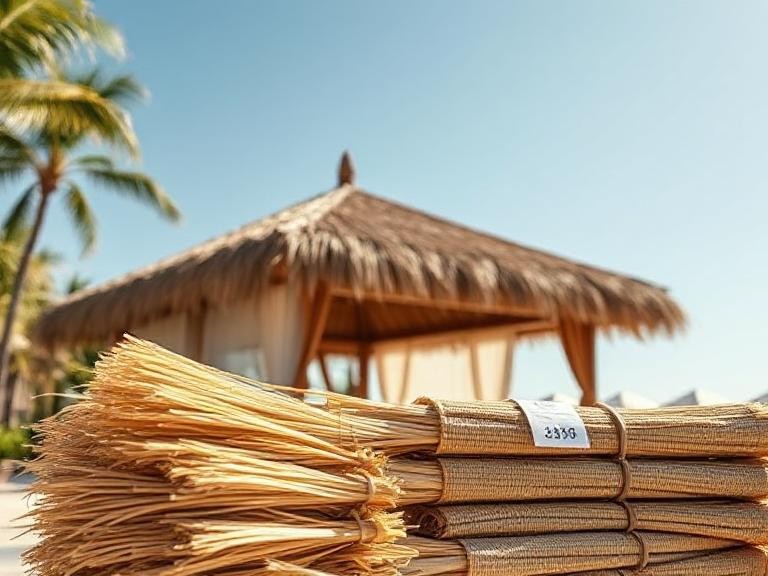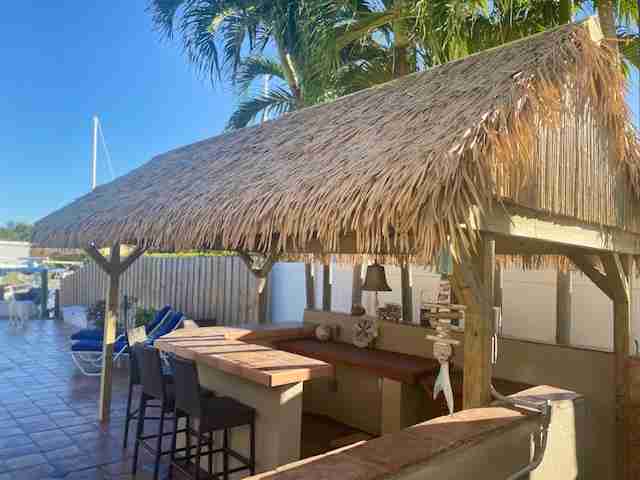Thatched roofing has a long history that began with temporary shelters for nomadic peoples. Between 5000 and 1800 B.C., the first hunter-gatherers colonized the areas between the North Sea and the Baltic Sea and eventually settled there long-term.
As they built structures to live in, thatched roofing was the covering of choice. This choice was due to readily available materials and the effectiveness of thatch in keeping out the rain. Thatch also allowed for air circulation.
Thatched Roof Material is Versatile
Farmers and fisherman began building dwellings that employed the use of reed. The characteristics of the reed as an aquatic plant made this robust natural building material an excellent choice for thatching.
Reeds refer to several tall, grass-like plants that grow in wetlands. These include plants in the Poaceae family; some sedges (including papyrus, also used to make paper); and the reed most commonly used for roofing, Phragmites australis.
An enduring roofing material
While the early dwellings with thatched roofs were made of wood, settlers in urban areas ultimately began using stone for construction but continued to use thatched roofs.
During the Victorian era natural thatched roofing became known as the “poor man’s roofing,” and its use slowly declined along with the number of professional thatchers.
Because a thatch roof covering was economical, it was associated with poverty in industrialized countries. Still, thatch was continually used in many parts of the world where it was admired for its versatility and effectiveness.
In most of Europe, thatch remained the only roofing material available to the bulk of the population in the countryside, in many towns and villages, until the late 1800s. Only in cities did people have access to commercially-produced roofing materials, which better matched the aesthetic of industrialization.
A historic and appealing material
With the renewed interest in preserving historic buildings and using sustainable materials, thatched roofing has become more popular again.
The reeds and palm fronds used to make thatch are readily available worldwide and are easily replenishable as a natural resource. And they appeal to the tropical style that so many homeowners covet.
AmaZulu inc. offers thatched roofing materials that can be installed on a wide variety of structures to provide you with a unique and exotic design. They make your facility more environmentally-friendly as well.
Benefits of Synthetic Thatched Roofing
- Long lifecycle reduces the per year cost of your projects.
- Recyclability helps the environment and can contribute to LEED points.
- Can be treated with Fire Retardant to increase safety.
- Sun-resistance keeps your facility looking new.
- A product you can trust.
Are you ready to use bamboo and thatch?
If you’re interested in using Thatch products, we would love to help you!
Contact us today for more information on our Thatch products or give us a call, toll-free at 877-243-5309.
Related content and products:
Benefits of Building with Thatched Roofs
How It’s Made: Synthetic Thatch Roofing
FAQs About Thatched Roofing





